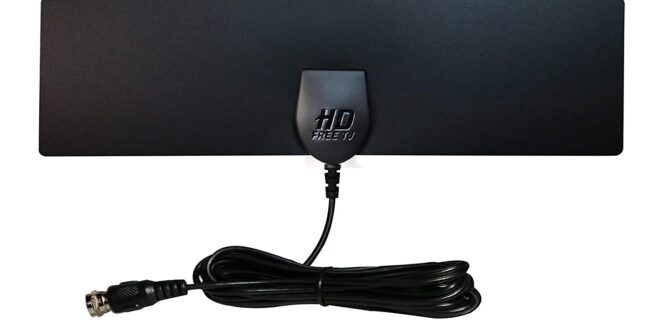People have been utilizing social distancing measures due to the COVID-19 outbreak and this has led to most of us staying at our homes. We spend our time playing video games, cleaning, eating, and, of course, watching our favorite TV series and movies. But, what should we do if there the reception suddenly gets bad – and stays like that?
If you found yourself in a situation where you cannot enjoy watching TV because of the poor antenna reception, fear not, this article has got your back! There are some things that you can do in order to improve your TV reception and this is exactly what we’ll be looking at today:
1. Check The Placement of Your Satellite Dish
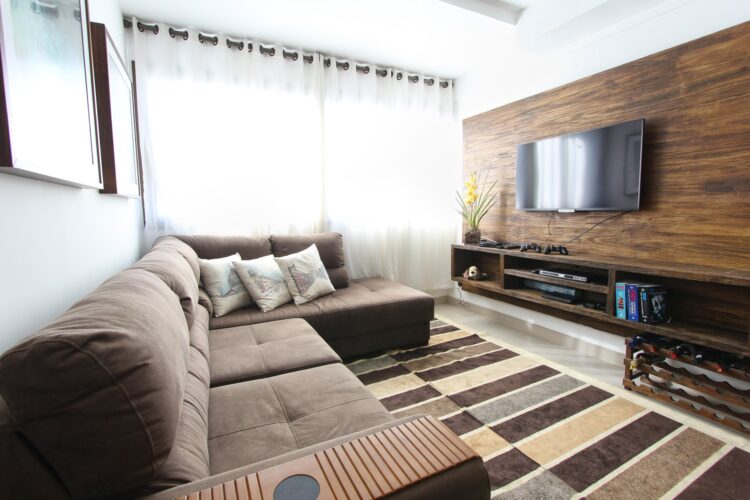
If you have an outdoor dish located either on your roof or wall of your house, you should definitely check it. The weather conditions might have moved it, which caused the connection between it and the transmitter towers to break. Hence, ensure that it is faced towards the South and that there are no obstacles between the dish and tower.
The obstacles can be pretty much anything including hills, trees, buildings, as well as other houses. Naturally, you cannot remove these items, but, you can choose to move it higher or to a better location. By doing so, you’ll probably be able to improve the reception.
2. The Connections Can Get Severed
Once you check the position of your dish, the next thing is to check the connections. Cables that are placed outside might get destroyed by the elements or a pest might have chewed it up – which in return, caused your reception to be bad or non-existent. This is why you need to check if there are any breaks and cuts on the wires.
According to the experts from tv-aerials-uk.co.uk, if the cable you have comes from the analog TV period, you should strongly consider replacing it with a thicker cable. It will be able to send the waves better, and it also supports a better bandwidth, long-distance transitions, and it will last longer when outside.
3. Opt For Scanning
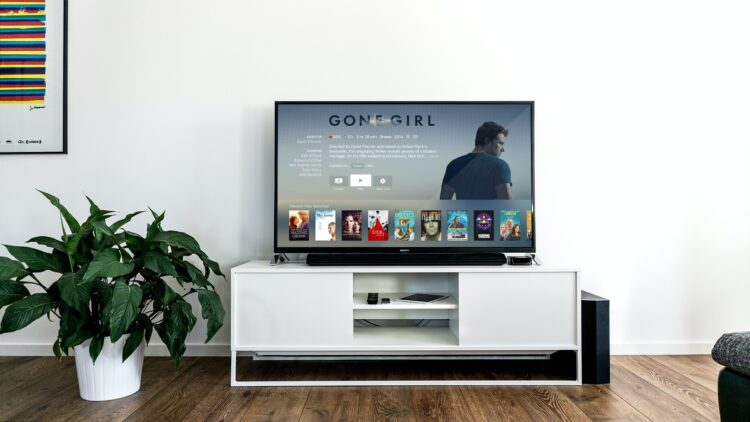
After you finish checking the aforementioned things, your next step is to dive into your DTV or TV box setup menu and begin scanning for new channels. This might add new channels that were not previously available to you. Besides gaining more channels, you’ll also be able to enjoy HD content as well.
4. You Could Purchase a Rotor
Now, this is especially useful for outdoor dishes that receive the reception for a few directions. Implementing a rotor can help you with this, however, you should also know that it is a bit of an expensive investment. The kits usually range from around 100 to 300 dollars. But, once you add it to the dish, it will last for a long time, which means that you won’t need to replace it for quite some time.
5. Ensure That Nothing Disrupts The Reception
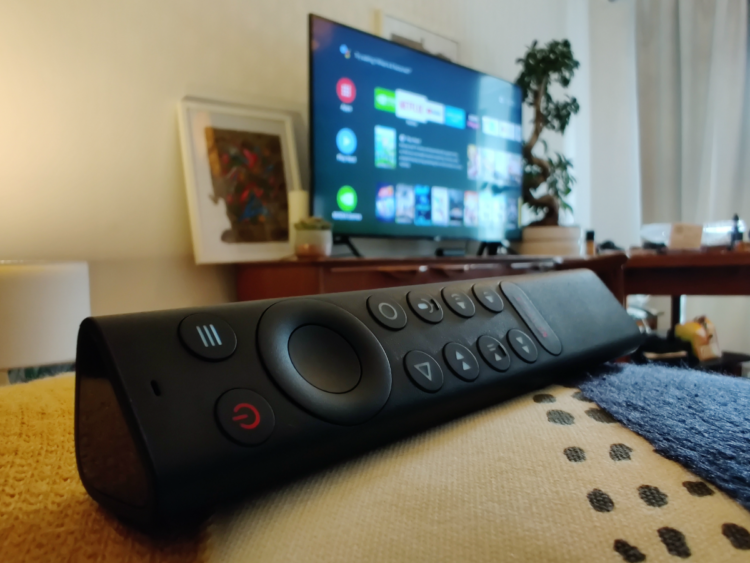
Besides obstacles between the dish and the transmitter towers, there are some other things that can hinder your signal including the materials used in wall construction, appliances, as well as metals. Of course, this can be easily solved by moving your antenna higher or removing the objects around the dish.
6. Purchase an Amplifier
You can also choose to purchase a signal amplifier – also known as a booster – between the dish and TV in order to improve the reception you receive. This will also help the low-sensitivity tuners and converter boxes. You’ll need to connect the cable from the dish to the input of the boost and then connect the output to the TV. Keep in mind that you’ll need to plug in the power outlet as well.
7. You Can Utilize an Attenuator
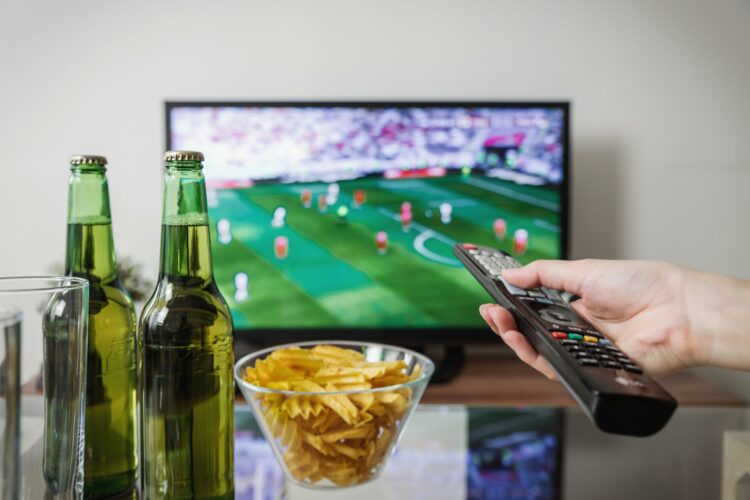
Now, it can also get disrupted if you are near a broadcasting tower. This can cause your converter box and tuner to become overloaded, hence, you should use an attenuator. This device will reduce the strength of the reception and it will also continue adjusting it whenever there is a need for it.
What Might Be Affecting The Dish?
As mentioned, the location of your dish, the obstacles between it and the broadcasting towers, as well as objects around the antenna can cause the waves to be weak or non-existent. However, there are some other things that can influence the condition of your reception, including:
- The Antenna Type – there are various antenna types out there, each one specifically designed for picking up the signal from one – or more transmitter towers. Hence, if you have a directional antenna, it will not receive signals from several locations, instead, it will receive it from one tower. On the other hand, if you have an Omni- or multi-directional antenna, interference might be possible.
- The Number of Televisions in Your Home – if you are utilizing a splitter in order to have a signal on several TVs, the signal might get weak and lost. If you have four TVs in your house, two of them might have a perfect signal, while the other might have terrible reception.
- The Cables Might Not Be Plugged in – just think about all the times you were cleaning your home and your accidentally unplugged a cable from the power. This might be one of the reasons your signal is not working, hence, make sure that you check if everything is plugged in.
- You Might Need to Re-tune The TV – another thing that you can try is to re-tune the converter box that you got from your provider. It is relatively easy to do this, and, all you’ll need to do is find the option in the settings, click on it, and wait until the system finishes. Like out browsing history, out converter boxes also stores cache that might influence how well your TV works.
Conclusion
As you can see, there are various things that you can try in order to improve your poor HD antenna reception. So, now that you know what you should try, do not lose any more time. Instead, go back to the first tip in this article and begin checking what might have influenced your signal to become bad.
 Hi Boox Popular Magazine 2024
Hi Boox Popular Magazine 2024
